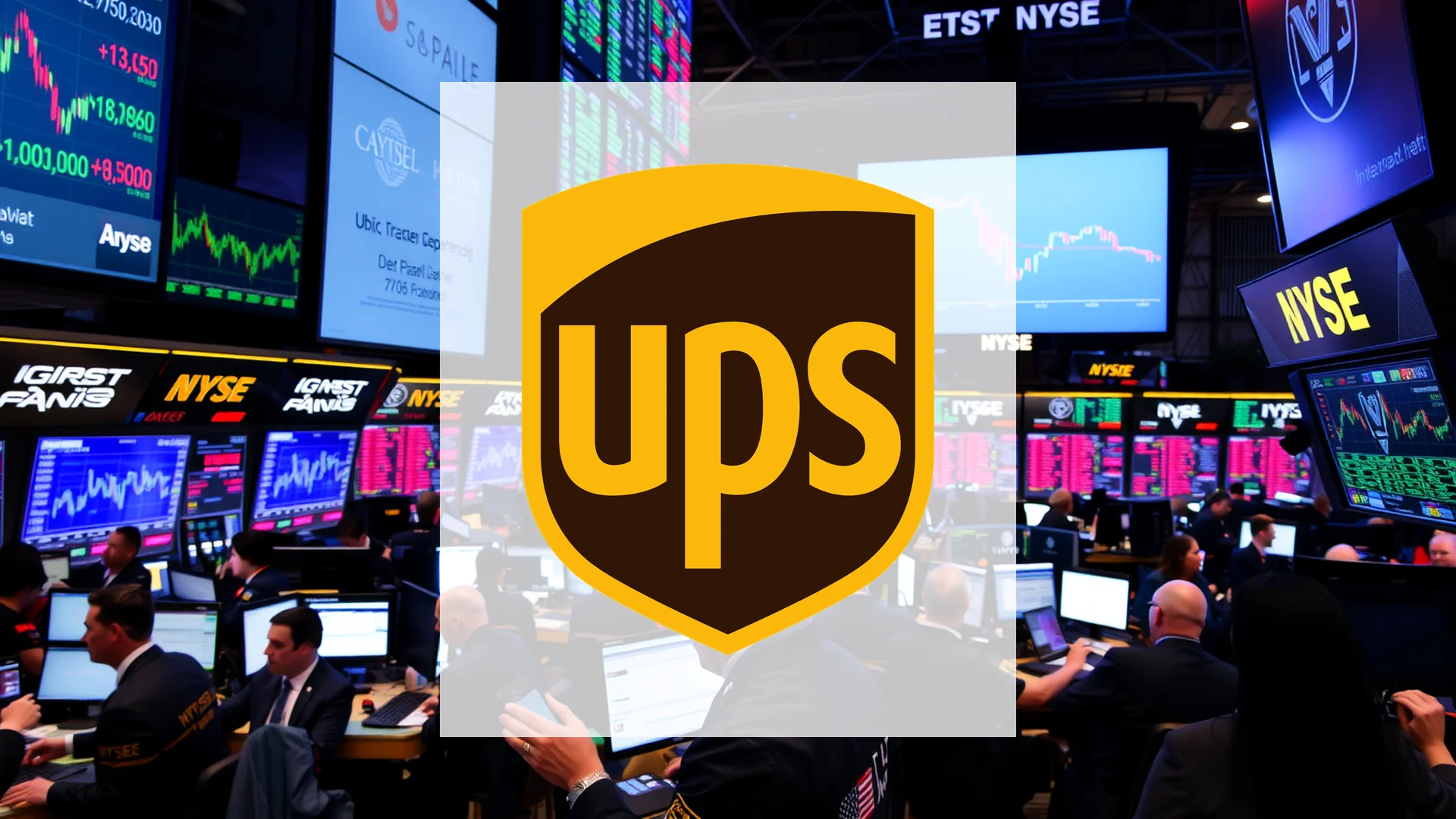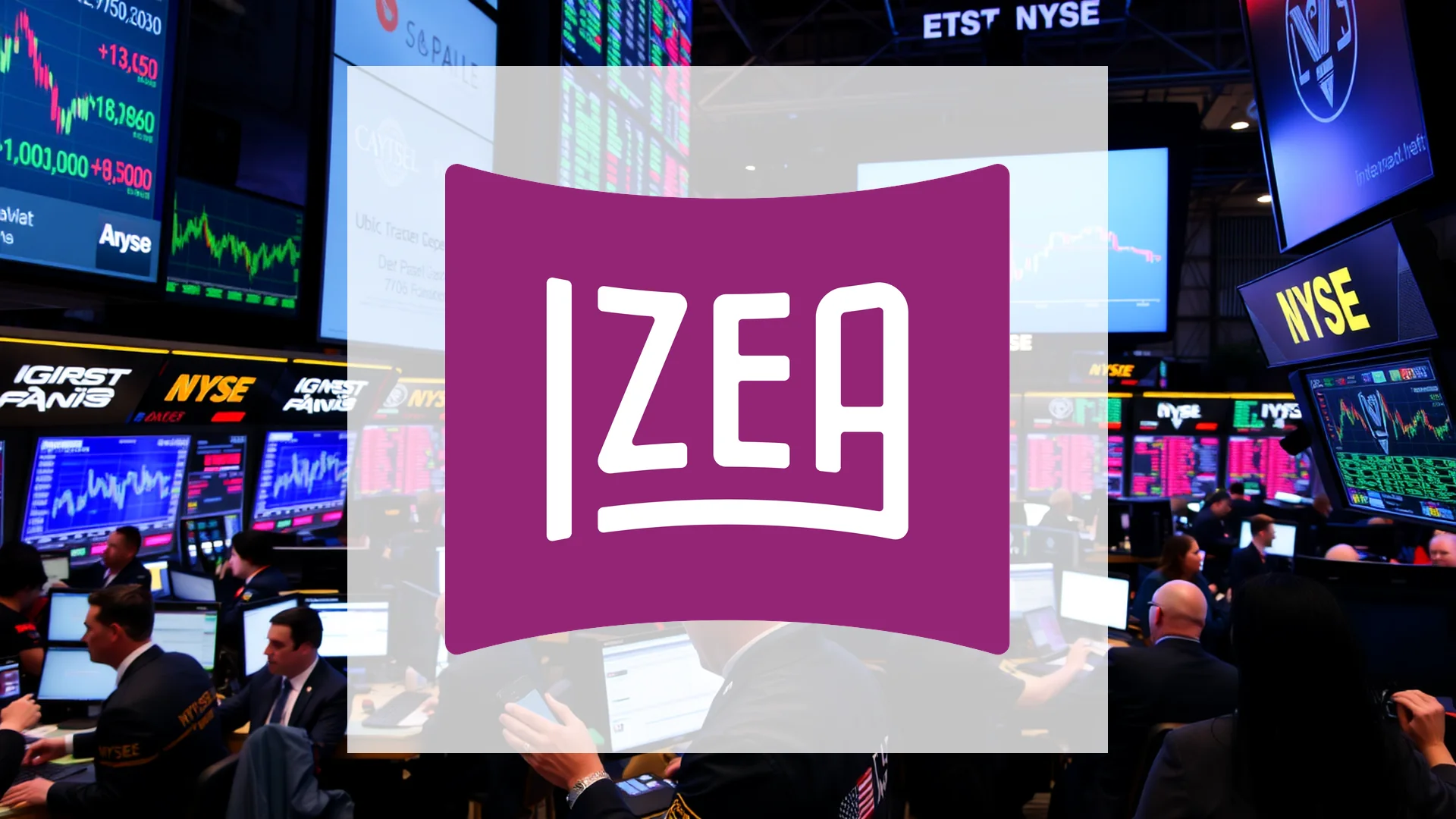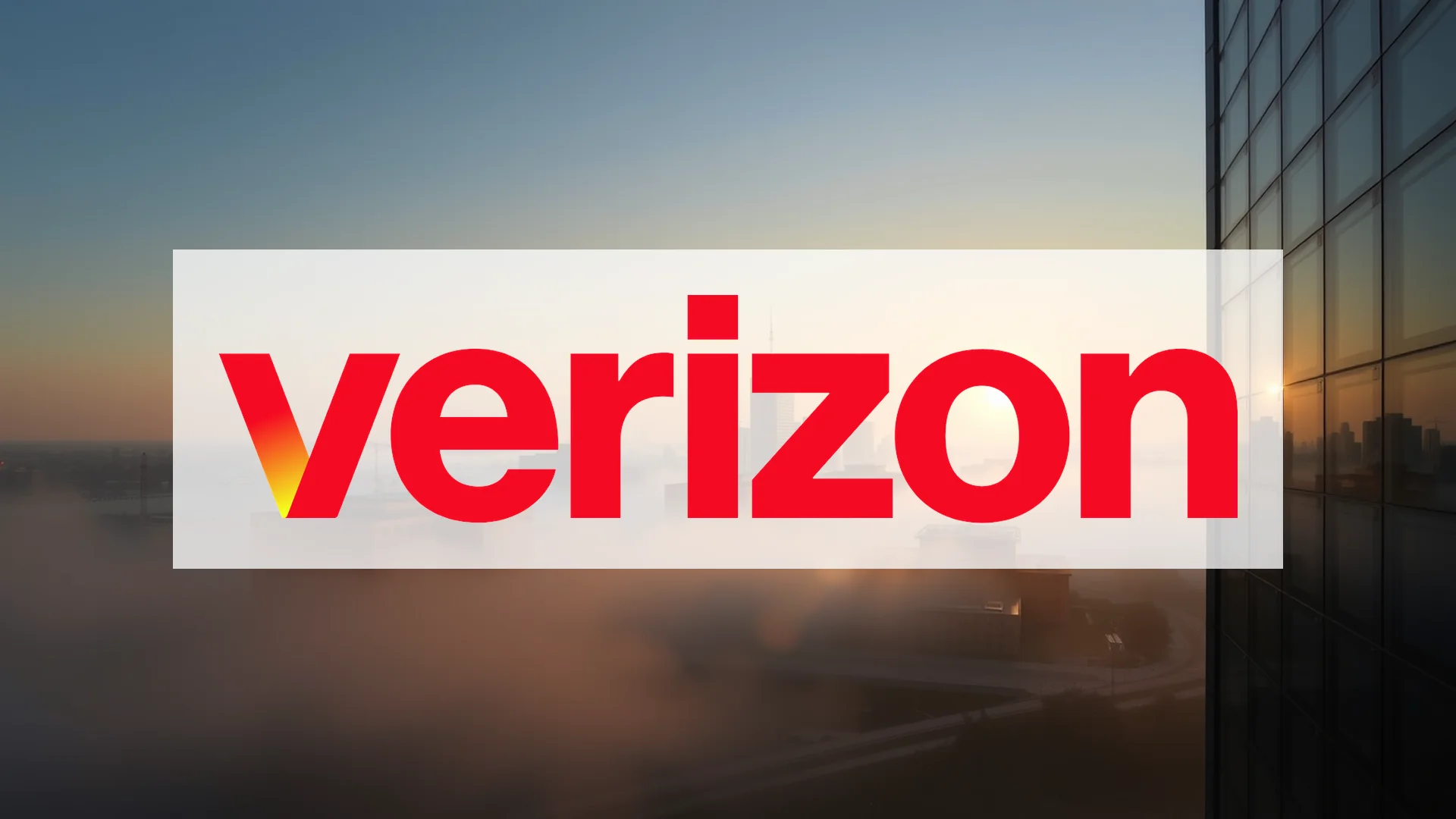S&P Global has delivered a significant blow to logistics titan UPS, shifting its credit outlook from stable to negative. The revised assessment reflects mounting concerns about the company’s financial resilience amid challenging market conditions.
Mounting Debt and Cash Flow Concerns
The rating agency’s decision stems from worrying financial metrics that show a clear deterioration. UPS’s ratio of operating cash flow to debt plummeted to just 33.1% in the third quarter. Looking ahead to the full year 2025, S&P projects this critical measure will decline further to approximately 31%, falling substantially below the agency’s threshold requirements.
Compounding these cash flow challenges, the company’s debt position has expanded beyond previous expectations. Adjusted debt now stands about $2.7 billion higher than earlier forecasts, partly due to strategic acquisitions including Andlauer Healthcare Group and Frigo-Trans completed this year.
Revenue Contraction and Margin Pressure
S&P’s analysis anticipates a 3-4% revenue decline for 2025, driven by multiple headwinds. The sale of UPS’s Coyote freight brokerage unit, reduced shipping volumes from key customer Amazon, and broader macroeconomic weakness stemming from trade uncertainties all contribute to this projected contraction.
Should investors sell immediately? Or is it worth buying UPS?
Profitability metrics also face pressure, with adjusted EBITDA margins expected to compress by 0.7 percentage points to 14.4%. Internal operational challenges, including a $175 million driver separation program and inefficiencies in the Ground Saver product insourcing initiative, further strain the company’s financial performance.
Strategic Questions Emerge
Investors are questioning whether UPS’s “better, not bigger” strategy—focusing on higher-margin deliveries and expanding healthcare logistics—can sufficiently justify the company’s growing debt burden. The approach faces its sternest test as S&P forecasts minimal revenue growth of just 1% for 2026, primarily driven by international package and supply chain segments.
The timing of S&P’s negative outlook compounds existing worries, coming after UPS reported a 3.7% revenue decline in the third quarter. The company’s shares have retreated significantly from their peaks and continue to struggle against a downward trend.
Critical Reporting Period Ahead
All eyes now turn to late January 2026, when UPS will disclose its full-year 2025 financial results. Until then, the negative credit rating assessment will likely hang over the company’s stock, creating uncertainty for investors monitoring the logistics firm’s ability to navigate current challenges and restore financial stability.
Ad
UPS Stock: Buy or Sell?! New UPS Analysis from November 14 delivers the answer:
The latest UPS figures speak for themselves: Urgent action needed for UPS investors. Is it worth buying or should you sell? Find out what to do now in the current free analysis from November 14.
UPS: Buy or sell? Read more here...










